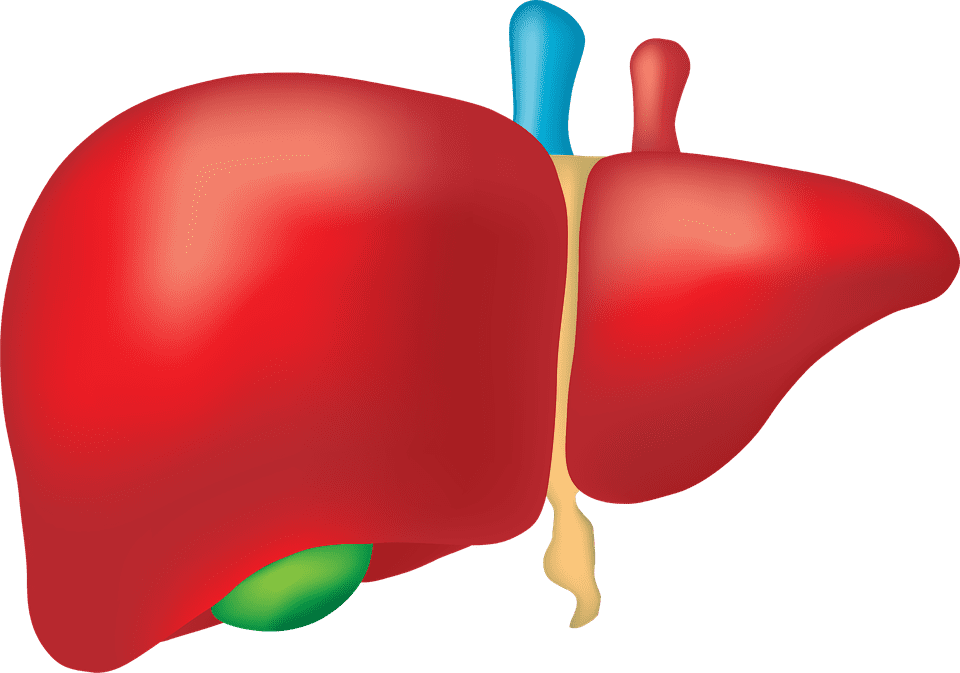DESCRIPTION AND CAUSES
Genital HPV infection is a sexually transmitted disease (STD) that is caused by human papillomavirus (HPV). Human
Papillomavirus is the name of a group of viruses that includes more than 100 different strains or types. More than 30 of these viruses are sexually transmitted. They can infect the genital area of men and women including the skin of the penis, vulva, or anus and the lining of the vagina, cervix, or rectum.
Most people who become infected with HPV will not have symptoms, and their immune systems will clear the infection on their own.
Some of these viruses are called “high risk types” and may cause abnormal pap tests. They may also lead to cancer of
the cervix, vulva, vagina, anus or penis. Others called “low risk types” may cause mild pap test abnormalities or genital warts.
Genital warts are caused by subtypes of the human papillomavirus (HPV), the same type of virus that causes
common warts in other locations. They spread easily on the skin of the infected person and pass easily to other people and can be transmitted sexually. They may also be passed from a mother to her newborn during childbirth. The incubation period may be one to six months, or even several years.
FREQUENT SIGNS AND SYMPTOMS
Most people who have a genital HPV infection do not know they are infected. The virus lives in the skin or mucous
membranes and usually causes no symptoms. Some people develop visible genital warts or have pre-cancerous changes in the cervix, vulva, anus or penis. Genital warts usually appear as soft or flesh colored swellings, usually in the genital area.
They can be raised or fl at, single or multiple, small or large and sometimes cauliflower shaped. They can appear on the vulva, in or around the vagina or anus, on the cervix, and on the penis, scrotum, groin or thigh. After sexual contact with an infected person, warts may appear within weeks to months, or not at all.
RISK INCREASES WITH
- Multiple sexual partners; other sexually transmitted infections and not using condoms.
EXPECTED OUTCOME
There is “no cure” for HPV infection, although in most women the infection goes away on its own. The treatments are directed at the changes in skin or mucous membranes caused by HPV infection, such as warts and pre-cancerous changes in the cervix.
POSSIBLE COMPLICATIONS
Female cervical changes may progress to cancer. In males, urinary obstruction and in rare instances, cancer of the penis.
GENERAL MEASURES
Genital warts are diagnosed by visual inspection. Visible warts can be removed by patient applied medication such
as podofilox or by treatments performed by a Health Care provider known as a cryosurgery or by applying a weak acid solution. Most women are diagnosed with HPV on the basis of abnormal pap tests. A pap test is the primary cancer screening tool for cervical cancer or pre-cancerous changes in the cervix. No HPV tests are available for men.
Pregnant women can pass HPV to her baby during vaginal delivery.
PREVENTIVE MEASURES
The surest way to eliminate risk for HPV is to refrain from any genital contact with another individual. For those who
choose to be sexually active, a long term monogamous relationship with an uninfected partner is the strategy most
likely to prevent infections. Reducing the number of sexual partners and choosing partners that have had no or few
sex partners will decrease the likelihood of infection. While the effectiveness of condoms in preventing HPV infection is unknown, condom use has been associated with a lower rate of cervical cancer, and HPV-associated disease. Gardisil is a vaccine for women which prevents infection of 4 types of HPV associated with genital warts and cervical cancer.
ACTIVITY & DIET
As with any virus, you are less susceptible to infection when you are in good health. Keep your immune system strong by eating nutritionally sound meals, getting sufficient sleep, exercising regularly, managing stress, avoiding tobacco (smoking increases the risk of cancer of the cervix), avoiding alcohol and mood-altering drugs, and avoiding vaginal infections.






Be the first to comment on "WARTS, GENITAL (human papilloma virus)"